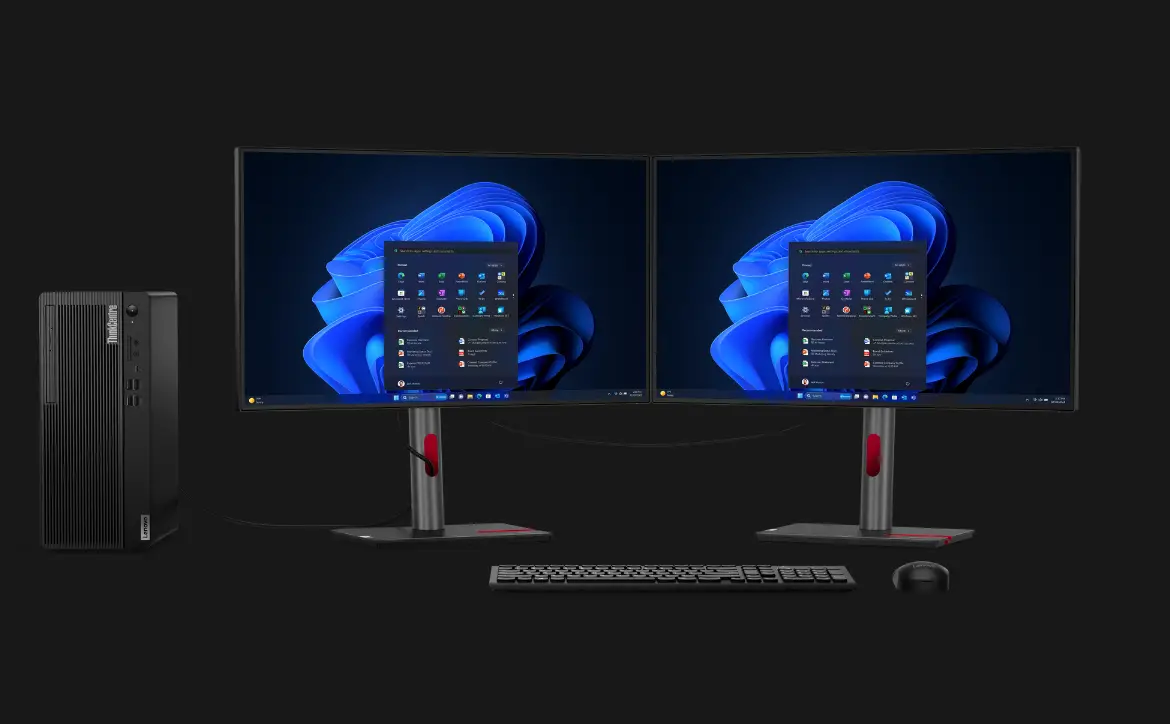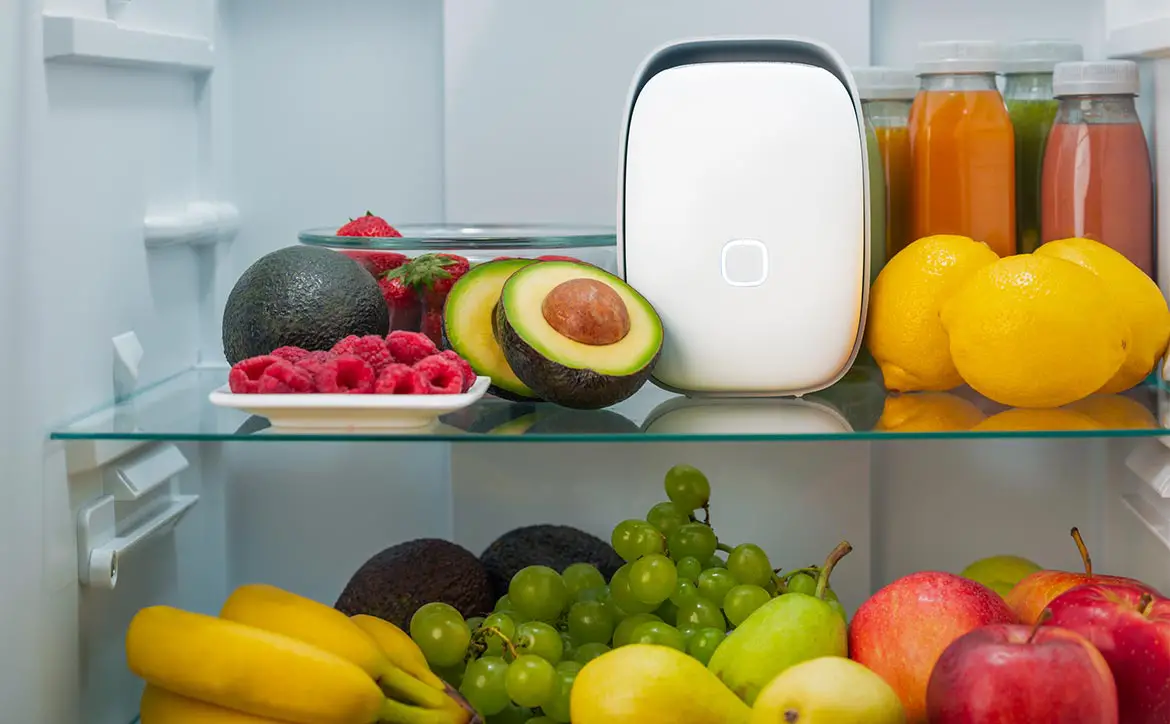You’ve reached the point of realizing you want to invest in a smart speaker. But beyond that, all the choices make your decision more than a bit overwhelming. You can take several steps to become a maximally informed shopper.
Pick a price range
One of the most important things to figure out is how much you want to spend on your smart speaker. The Google Home is $129USD, and the Google Home Mini is $39.99. Alternatively, you can buy the Amazon Echo for $99.99 or get the smaller Echo Dot for the same price as the Google Home Mini.
Apple is also a player in the smart speaker game, and its HomePod is $349. Also, don’t overlook the Sonos One, priced at $199.
When considering how much you want to spend, think about the ways you plan to use the smart speaker. Using it every day might encourage you to spend more on a particular model than you might if you mainly just want to impress your friends at weekend parties, for example.
Think about your brand preferences
While shopping for your smart speaker and researching the options, it’s a good idea to think about the other products you normally use. For example, Google, Amazon, and Apple made their smart speakers work best with applications under their brand umbrellas.
If most of your music already comes from iTunes, the HomePod is a wise choice. In contrast, Amazon encourages its Echo speaker users to buy from Amazon Music — although there’s support for third-party streaming services.
Also, you can purchase products from Amazon on your Prime account using an Echo speaker. However, Google’s smart speakers give you more merchant options through their Google Express service. You can order from dozens of stores, such as Kohl’s, PetSmart and Walmart.
Keep in mind which retailers you like to shop with most often and other personal details while deciding on a smart speaker.
Don’t forget about the virtual assistant feature
Amazon’s Alexa, Apple’s Siri and the Google Assistant are some of the most well-known virtual assistants in today’s smart speakers. All of them have pros and cons, and it’s worth weighing those when learning about smart speakers.
The Sonos One has the plus that it has support for Amazon Alexa built into the device, which means you can benefit from that assistant without purchasing an Amazon device.
One advantage of Alexa is that it responds to third-party commands associated with Amazon skills. That means it can do more than recognize the voice commands Amazon mentions in its device documentation.
Consider the likelihood of future updates
Amazon’s smart speakers are wildly popular, and that popularity gives the company’s engineers reason to keep coming up with new features that maintain the items’ status as in-demand products. During the 2017 holiday shopping season alone, the Echo Dot was the top-selling product on Amazon’s site, with millions of units sold.
Sales of Apple’s HomePod are slow, but analysts believe Apple has plans to win over consumers who are delaying a purchase. The newest iOS 11.4 offers multi-room audio support for the gadget. There are also rumors of a cheaper HomePod priced between $150–$200. Apple knows it’s lagging behind Amazon concerning smart speaker sales, and it’s a brand associated with innovation. They may double down and release HomePods with better-than-ever feature sets.
Moreover, Google partnered with Best Buy to give shoppers at the electronics chain the chance to get Google Home Minis for free when purchasing a specific starter pack of Philips smart lightbulbs. Plus, there are other chances to save up to $49 when purchasing a Google Home Mini with other products sold by Best Buy.
Do you like to play video games, and the Xbox One in particular? It’s worth bringing up here, then, that reports indicate it’ll soon be possible to control that game system with both the Google Assistant and Alexa, opening up possibilities to expand the feature sets of Google and Amazon speakers.
Staying abreast of these efforts to lure customers to buy particular kinds of smart speakers could guide your purchase. Keep in mind, though, that smart speakers from other brands exist, and it’s a good idea to see how those gadgets evolve too. They may not have the prominence of the big names discussed above but might offer features that provide personal relevance.
Is superb sound your priority?
You may mainly want a smart speaker that helps you with everyday activities, such as scheduling things, retrieving information and setting timers while cooking. In those cases, the sound quality probably doesn’t matter too much.
If you’re an audiophile, though, or intend to stream music and audiobooks through the speaker often, you’ll want to buy a smart speaker with excellent sound quality. The Sonos One is marketed as “the smart speaker for music lovers,” while Apple’s HomePod earned consistent praise for its audio quality in early reviews.
You also might care about audio quality if making phone calls, which is one of the features offered by the Google Home.
View these speakers as works in progress
You’ve now learned about some of the most relevant features of some of today’s leading smart speakers. All of them could potentially include new features at any time since developers often release updates through software and firmware downloads as they pay attention to feature requests from users. The good news is that no matter which speaker you choose, it’ll let you accomplish goals merely by using your voice.











Comments are closed.